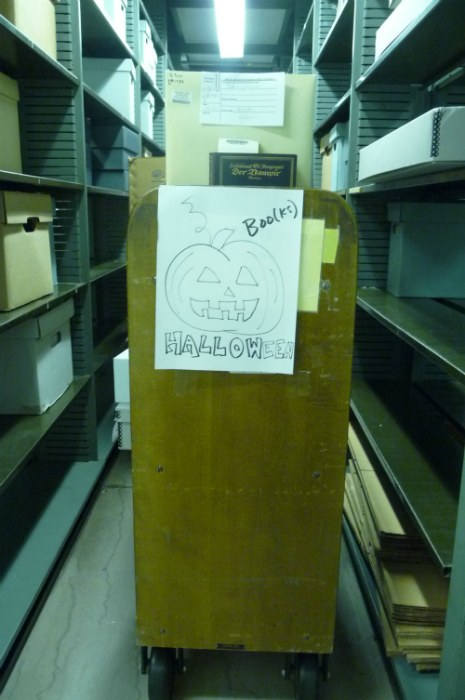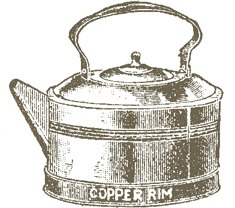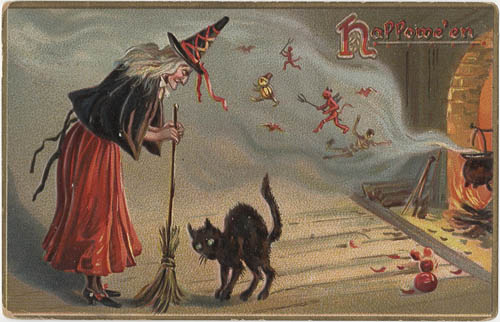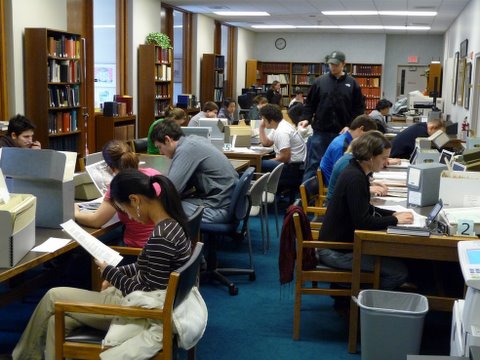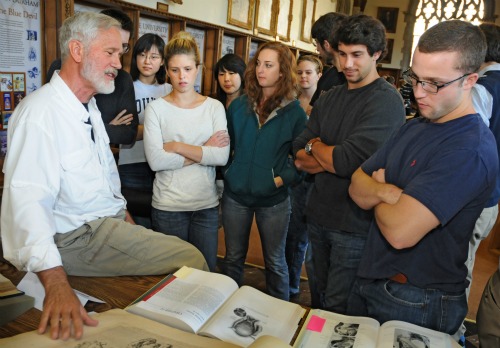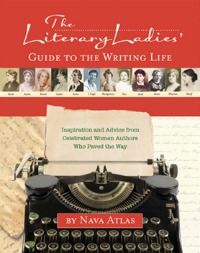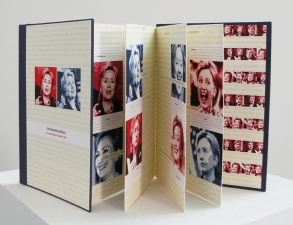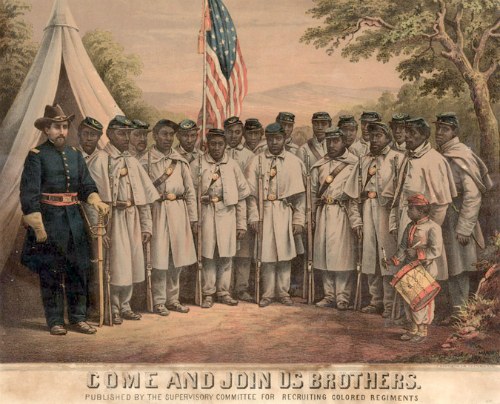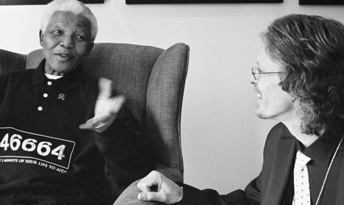Date: Wednesday, November 2, 2011
Time: 5:00 PM
Location: Rare Book Room
Contact Information: Patrick Stawski, 919-660-5823 or patrick.stawski(at)duke.edu
 Kathryn Sikkink, recipient of this year’s Washington Office on Latin America (WOLA)-Duke University Human Rights Book Award, will read from and discuss her award-winning book, The Justice Cascade: How Human Rights Prosecutions are Changing World Politics during tomorrow’s award presentation. A reception and book signing will follow.
Kathryn Sikkink, recipient of this year’s Washington Office on Latin America (WOLA)-Duke University Human Rights Book Award, will read from and discuss her award-winning book, The Justice Cascade: How Human Rights Prosecutions are Changing World Politics during tomorrow’s award presentation. A reception and book signing will follow.
Sikkink’s book examines what she calls “the justice cascade,” a very new development in world politics. “Only 30 years ago, it was virtually unheard of, almost unimaginable, for a national or international tribunal to hold state officials criminally accountable for human rights violations,” Sikkink notes.
Now, around the world, former government and security force officials accused of human rights crimes are facing prosecutions in unprecedented numbers. In Chile, for example, the number of court cases has sharply increased and now involve the highest ranks of the security forces. Prosecutions have also expanded beyond deaths and disappearances to torture and forced exile.
This year’s panel of judges called The Justice Cascade “compelling” and “eye-opening,” recognizing it for its important contribution to the field of human rights, Latin American studies and accountability.
For further information about the book and the award, visit the related Devil’s Tale blog post or the WOLA press release.
Sikkink is a Regents Professor and the McKnight Presidential Chair in Political Science at the University of Minnesota. She has a Ph.D. in political science from Columbia University. Her publications include Mixed Signals: U.S. Human Rights Policy and Latin America; Activists Beyond Borders: Advocacy Networks in International Politics (co-authored with Margaret Keck and awarded the Grawemeyer Award for Ideas for Improving World Order and the ISA Chadwick Alger Award for Best Book in the area of International Organizations); and The Power of Human Rights: International Norms and Domestic Change (co-edited with Thomas Risse and Stephen Ropp).
Duke sponsors for the event include the Rubenstein Library’s Human Rights Archive, the Duke Human Rights Center, the Office of the Vice Provost for International Studies, and the Center for Latin American & Caribbean Studies.





